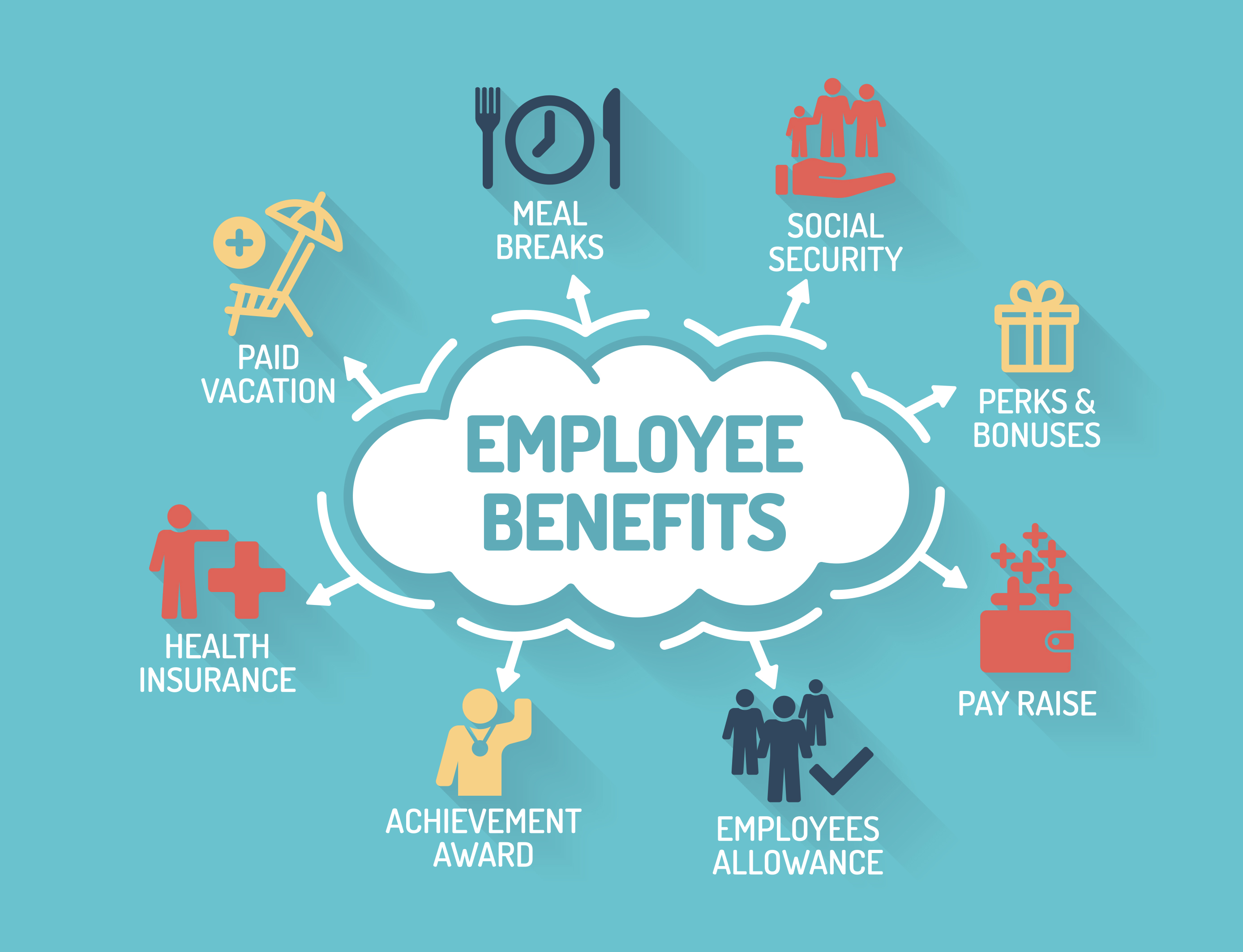Recent research shows that organizations are continuing to attract and retain top talent by offering personalized and expanded employee health benefits. Employees and candidates have high expectations when it comes to such benefits, and employers have been forced to accommodate those expectations. Specifically, they are focusing on lifestyle benefits that go beyond health care.
The research was conducted by DirectPath in collaboration with Gartner and is called the “Medical Trends and Observations Report.”
Employers are recognizing that benefits such as standard health care and voluntary dental, vision, and disability coverage have become table stakes in today’s competitive employment market.
In order to attract and retain top talent, they must supplement these offerings with personalized benefits packages that meet the diversified needs of the modern employee.
The 2020 report shows that employers are increasingly offering benefits that address the broader lifestyle needs of their employees—a trend originally reported in 2019. The most common lifestyle-focused benefits include:
- Fertility treatments
- Child and eldercare support
- Adoption assistance
- Extended parental leave
- Dependent care
- Flexible spending accounts
- Flexible scheduling
The report also reveals that employers are:
Increasing individual deductibles: The average in-network individual deductible increased more than 28% in 2019 to $1,038, while the median family deductible dropped by 12% to $1,672.
It’s possible this trend will lead to increased demand for lower-premium options among employees, especially given the struggles many employees face meeting their deductibles today. According to recent research, 53% of employees with high deductibles report having less money saved than the amount of their deductible.
As deductibles rise, fewer people are able to afford them, causing them to potentially delay needed care due to financial burden.
Reducing tobacco surcharges: In a continuation of a 3-year trend, fewer employers are imposing surcharges on their employees, and the amount of those surcharges dropped 15% in 2019 to $50.
Only 21% of employers now have tobacco surcharges in place—down from 27% in 2019. Even fewer employers—just 16%—are imposing surcharges on spouses and domestic partners, and the median surcharge has dropped $25 to $125 per month from 2019 to 2020.
Continuing to invest in HRAs, HSAs, and HDHPs: The number of employers offering health reimbursement arrangements (HRAs), health savings accounts (HSAs), and high deductible health plans (HDHPs) has remained steady year over year. HSAs continue to be the most popular account offered, likely because they permit employee contributions and are portable.
Seventy-seven percent of employers offer at least one HDHP, but these plans represent only about one-third of all plans offered. Sixty-nine percent of employers offer HSAs versus just 12% offering HRAs, while about 19% of employers offer both.
Diversifying wellness initiative rewards: While premium reductions remain the most popular reward for employee engagement in wellness activities, employers continue to tailor their incentives to meet the varying makeups, needs, and interests of their workforce.
Examples of options employers have offered include matching HSA contributions; a choice of an HSA contribution, 401(k) contribution, or cash; and raffle entries, auctions, sweepstakes, discounts, or charitable contributions.
On the opposite end of the spectrum, a handful of employers have determined there is little or no value to offering wellness programs and have eliminated them or plan to in the near future.
“Currently, the labor market favors employees, making it critical for employers to differentiate themselves,” says Monique McCloud-Manley, Vice President in the Gartner HR practice. “One way organizations can differentiate themselves is by offering personalized benefits packages. In fact, the data suggests that offering hyper-personalized benefits that focus largely on family-related needs has a significant impact on an employee’s satisfaction with their health care benefits—a trend we expect to continue in the future.”
“We have encouraged employers to offer creative, diverse benefits strategies for years,” adds Kim Buckey, Vice President of client services at DirectPath. “The results of our 2020 report indicate that employers continue to broaden their benefits offerings to meet the needs of a diverse workforce. Organizations recognize that offering sub-par benefits packages has a direct impact on their ability to hire and retain talent, especially as health care-related benefits are considered table stakes among Americans. As employers continue to expand their benefits offerings to meet the personalized needs of each employee, it will be critical that they provide education on the value of their offerings to ensure employees are able to effectively use them. Doing so will boost employee satisfaction and increase the ROI of their benefits investments.”
Research Methodology
The report is based on an analysis of more than 1,000 employer health plans drawn from a proprietary benchmarking database.

